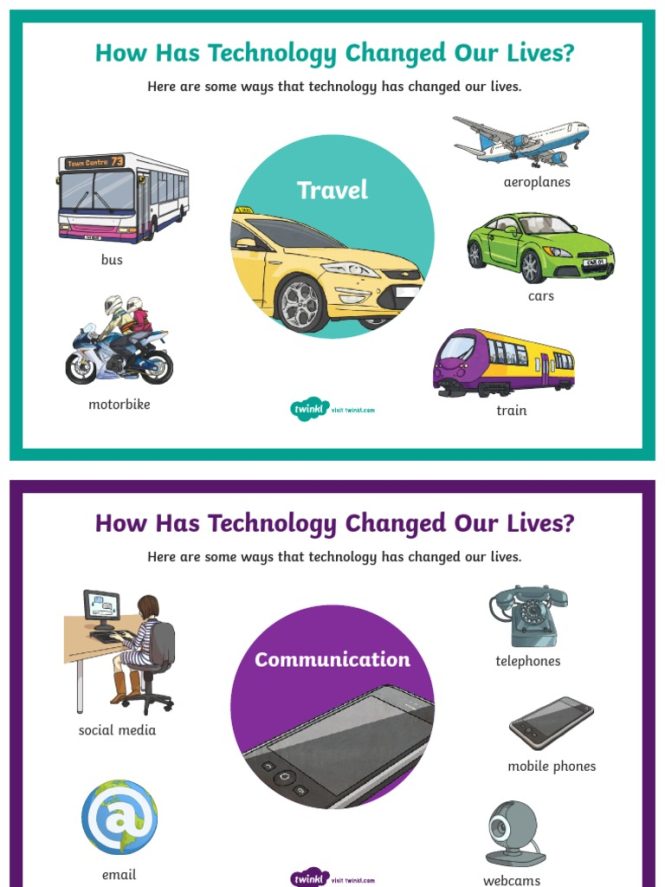

How has technology changed the news? This question is central to understanding the evolution of information dissemination in the 21st century. Technology has fundamentally altered how news is created, delivered, and consumed, impacting everything from journalism practices to audience engagement. The proliferation of digital platforms, social media, and citizen journalism has led to a more dynamic and accessible news landscape but also presents unique challenges to maintaining accuracy, credibility, and ethical practices. This article will examine the profound impact of technology on the news industry, from traditional news outlets to emerging platforms, and will ultimately consider the future of the news in the digital age.
The Rise of Digital Platforms
Shifting Consumption Patterns
The rise of digital platforms like the internet and social media has dramatically altered the way news is consumed. Gone are the days of solely relying on traditional print media or broadcast television for updates. Today’s audiences have access to a vast ocean of information, with news articles, videos, and social media posts readily available at their fingertips. This newfound accessibility has created a 24/7 news cycle, allowing audiences to stay informed about events in real-time. For example, the ability to report live from the scene of a breaking news story using mobile phones and social media platforms has revolutionized instant reporting.
The Impact of Social Media
Citizen Journalism and the Spread of Misinformation
Social media platforms have become a potent tool for the dissemination of news. Ordinary citizens can now share their perspectives and observations, creating a form of citizen journalism that allows for immediate information exchange. This accessibility, however, also presents a significant challenge. The speed at which information travels across social media platforms often precedes fact-checking, resulting in the rapid spread of misinformation and fake news. Combating the proliferation of fake news has become a critical issue for news organizations and social media platforms alike. Platforms are beginning to implement measures to combat this problem but significant challenges remain.
Multimedia Journalism
Expanding Storytelling Formats
Technology has enabled a shift towards multimedia journalism, where stories are no longer confined to text-based articles. Multimedia formats, such as videos, podcasts, and interactive infographics, have become commonplace in news delivery. News organizations are leveraging these multimedia tools to enrich storytelling, captivating audiences and providing diverse perspectives. For instance, the use of drone footage or virtual reality (VR) experiences can create immersive and compelling narratives, enhancing the overall journalistic experience.
The Rise of Online News Aggregators
Curated Information and Personalized News Feeds
News aggregators have emerged as another crucial technology in the news ecosystem. These platforms curate information from various sources, offering users personalized news feeds based on their interests. While providing convenient access to a range of perspectives, this model also raises concerns about potential biases and the echo chambers it might create. For example, personalized news feeds could inadvertently expose individuals only to viewpoints that confirm their existing beliefs, potentially hindering exposure to differing opinions.
The Future of News
Adapting to Technological Advancements
The ongoing evolution of technology continues to shape the future of news. The rise of artificial intelligence, virtual reality, and other emerging technologies promises even more innovative ways to deliver and consume information. To remain relevant, news organizations must continue to embrace these advancements and adapt their strategies to meet the evolving needs and expectations of their audiences.
In conclusion, technology has revolutionized the news industry, making it more accessible, diverse, and interactive. From citizen journalism to personalized news feeds, the transformation is undeniable. Moving forward, news organizations need to embrace these changes, adapt to new formats, and prioritize ethical considerations. By doing so, they can remain relevant, trusted, and vital in today’s rapidly evolving media landscape. Learn more about the latest trends in news technology by visiting our website.